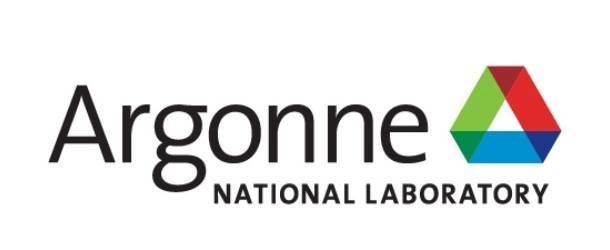How to transform silicon carbide vacancies into quantum information

(Phys.org) Researchers at the U.S. Department of Energy’s (DOE) Argonne National Laboratory and the University of Chicago have made a breakthrough that should help pave the way for greatly improved control over the formation of vacancies in silicon carbide, a semiconductor.
Semiconductors are the material behind the brains in cell phones, computers, medical equipment and more. For those applications, the existence of atomic-scale defects in the form of vacancies is undesirable, as they can interfere with performance. According to recent studies, however, certain types of vacancies in silicon carbide and other semiconductors show promise for the realization of qubits in quantum devices. Applications of qubits could include unhackable communication networks and hypersensitive sensors able to detect individual molecules or cells. Also possible in the future are new types of computers able to solve complex problems beyond the reach of classical computers.
“Scientists already know how to produce qubit-worthy vacancies in semiconductors such as silicon carbide and diamond,” said Giulia Galli, a senior scientist at Argonne’s Materials Science Division and professor of molecular engineering and chemistry at the University of Chicago. “But for practical new quantum applications, they still need to know much more about how to customize these vacancies with desired features.”
Aided by a combination of sophisticated computational tools, the team’s simulations tracked the pairing of individual vacancies into a divacancy. Their efforts reaped a harvest of pivotal discoveries that should pave the way for new quantum devices. One is that the more silicon vacancies there are relative to carbon vacancies at the start of heat treatment, the more divacancies afterwards. Another is the determination of the best temperatures for creating stable divacancies and for altering their orientation within the crystal structure without destroying them.
A first of its kind, the team’s simulations were made possible by the development of new simulation algorithms and the coupling of computer codes developed by the DOE-funded Midwest Integrated Center for Computational Materials (MICCoM), headquartered at Argonne and led by Galli. Juan de Pablo, a senior scientist in the Materials Science Division and UChicago professor of molecular engineering, developed the new algorithms, which are based on concepts from machine learning, a form of artificial intelligence.
The outcome is an important and powerful new toolset combining quantum theory and simulations for investigating vacancy formation and behavior. This will be applicable to not only silicon carbide, but other promising quantum materials.
“We are just at the beginning,” said Galli. “We want to be able to do our computations much faster, simulate many more defects and determine what the best defects are for different applications.”





















